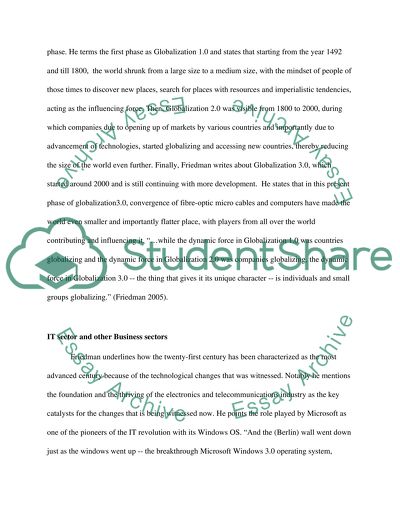Cite this document
(Critique of Thomas Friedman Its a Flat World, After All Article - 1, n.d.)
Critique of Thomas Friedman Its a Flat World, After All Article - 1. Retrieved from https://studentshare.org/information-technology/1574337-information-system
Critique of Thomas Friedman Its a Flat World, After All Article - 1. Retrieved from https://studentshare.org/information-technology/1574337-information-system
(Critique of Thomas Friedman Its a Flat World, After All Article - 1)
Critique of Thomas Friedman Its a Flat World, After All Article - 1. https://studentshare.org/information-technology/1574337-information-system.
Critique of Thomas Friedman Its a Flat World, After All Article - 1. https://studentshare.org/information-technology/1574337-information-system.
“Critique of Thomas Friedman Its a Flat World, After All Article - 1”. https://studentshare.org/information-technology/1574337-information-system.


